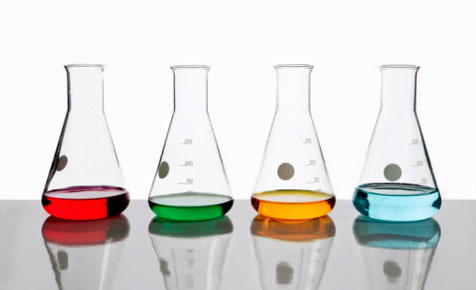Two New Critically Endangered Impatiens Plant Species Spotted
- In a major breakthrough in eco-constarvation, forest officials in Munnar have spotted two critically endangered impatiens plant specie* on the peripheries of the Eravikuiam National Park on February 26,
- Impatiens, also called Jewel weeds, arc seen in pristine forests where moisture content and relative humidity are high.
- The Munnar-Mankulam landscape is famous for impatiens varieties, one of which was Impatiens travancorica that was spotted sometime ago.
Four New Species of Smallest known Frogs Discovered from the Western Ghats
- Another big discovery from the ‘Frogman of India’, as professor SD Biju from Delhi University (DU) and his team discovered four new miniature species, now listed among the smallest known frogs in the world on February 21, 2017.
- Seven new frog species belonging to the genus Nyclibalrachus, commonly known as night frogs. Four out of seven of the new species are miniature-sized frogs (12.2-15.4 mm), which can comfortably sit on a coin or a thumbnail. These are among the smallest known frogs in the world.
- Unlike other frogs in the genus that are predominantly stream dwelling, the new miniature frogs were found under damp forest leaf litter or marsh vegetation.
Scientists Discovered Hidden Lost Continent named ‘Zealandia’
- An underwater ‘lost continent’ two-thirds the size of Australia and being named Zealandia has been discovered on February 17, 2017.
- New Zealand (the country) sits on top of the 1.9 million square mile expanse which may be 94% covered by water but meets ail the other criteria applied to each of the seven other continents,
- Once part of the Gondwana super-continent which also included Australia, Zealandia is roughly the same size as the Indian subcontinent.
- It is believed to have broken away about 100 million years ago, according to geologists, and sank between 60-85 million years ago.
- Zealandia also includes New Caledonia, Norfolk Island, the Lord Howe Island group and Elizabeth and Middleton reefs among other territories and islands previously grouped with Australia in Australasia.
January 2017 became Third Wannest Month in 137 Years
- Last month was the third warmest January in 137 years of # modern record-keeping, according to a monthly analysis of global temperatures by NASA scientists on Februa’ry 16, 2017.
- Two of the three top January temperature anomalies have been during the past two years. 2016 was the hottest on record, at 1.12° Celsius warmer than the January mean temperature, followed by 2007 at 0.96° Celsius warmer. January, 2017 placed third.
- It shows that most of North America and Siberia were much warmer than the 1951-80 base period. Much of the rest of Asia was also relatively warm.
Chemicals Banned in 1 Deep Ocean Fauna
- The scientists found high levels of human-made pollutants, including chemicals that were banned in the 1970s, lingering in the tissues of marine creatures that dwell in the deepest oceans of the Earth.
- Sampling amphipods from the Pacific Ocean’s Mariana and Kermadec trenches, which are over 10 km deep and 7000 km apart, researchers found extremely high levels of Persistent Organic Pollutants (POPs) in the organism’s fatty tissue.
- These include Polychlorinated Biphenyls (PCBs) and Polybrominated Diphenyl Ethers (PBDEs) which are commonly used as electrical insulators and flame retardants.
Read Also – Science and Technology Current Affairs




